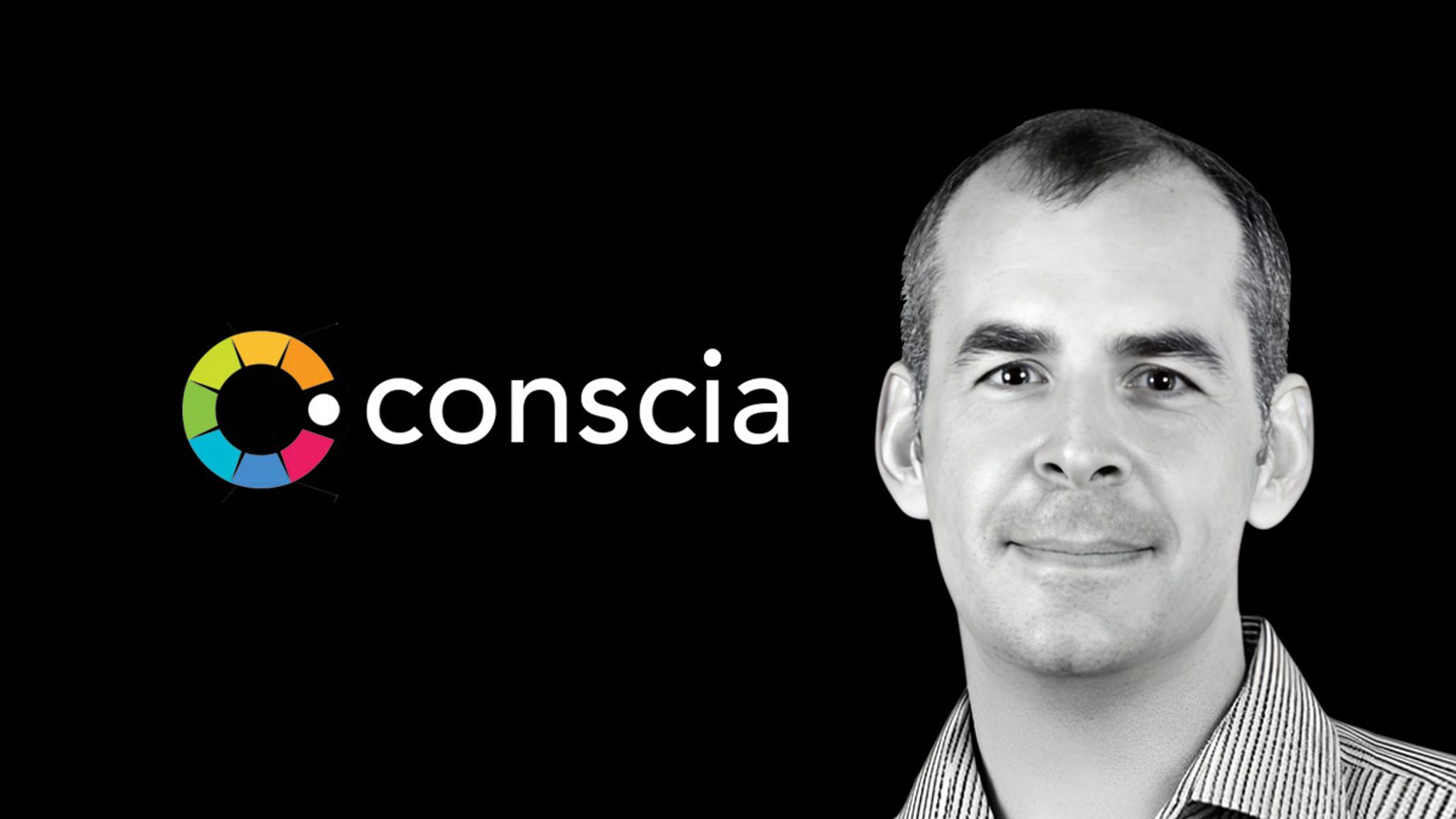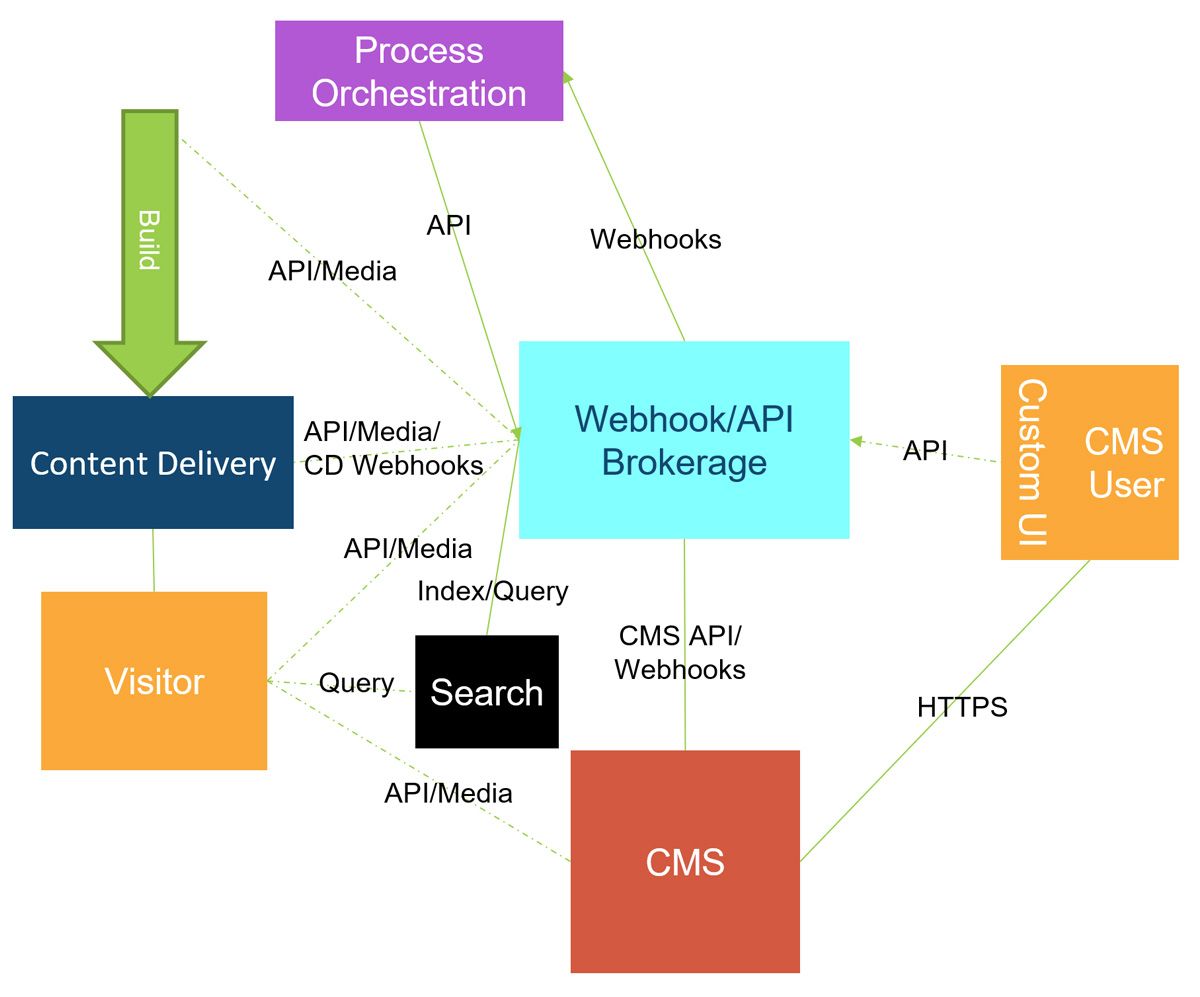John West: Why I Joined Conscia

Conscia represents the brains of the composable stack, but I can also see it as the heart. Here's why I joined the mission.
John West is the Principal Solution Architect at Conscia and a CMS Critic contributor.
FOR CONTEXT, I’ve been on the Internet since 1990 and writing code for the web since 1995.
In 1996, I started my professional career in Electronic Data Interchange (EDI), which was a sort of precursor to XML and e-commerce. Since 2000, I have been involved in web content management (CMS) and digital experience platforms (DXP).
I served as CTO and Chief Architect for CMS, DXP, commerce, etc. vendor Sitecore from 2004 to 2016, taking the company from a startup literally working out of a hallway in one of the founders’ homes to a valuation of over a billion dollars. After that, I worked for a global advertising agency as Senior Vice President for Experience Platforms and then as a consultant for Contentstack, a headless CMS vendor.
I recently took an opportunity with Conscia as Principal Solution Architect. Conscia provides a SaaS platform designed to streamline the management of digital experiences through its Digital Experience Orchestration tool.
Honestly, I joined Conscia because I’m genuinely excited about its technology, specifically the SaaS Digital Experience Engine, but also its SaaS DX Graph database.
Riding the composable wave
I’m always interested in paradigm shifts in the computing industry, and composable architecture represents such a transition. Once you commit to API-first composable solutions, there is no going back to the monolithic platforms and proprietary interfaces of the past.
The future is an intermix of the most fit-for-need systems from multiple vendors, and Conscia provides infrastructure and features that enable composable solutions. In addition to its Digital Experience Engine, Conscia also offers DX Graph, an API-first SaaS graph database for integrating and caching any kind of data from any system, including legacy systems.
Modern architectures involve every front-end client accessing numerous back-end systems directly, requiring re-implementing the same process flows repeatedly, resulting in redundancy and complexity in the architecture. Conscia provides facilities to meet common patterns in composable solutions, abstracting the technical details of intermingling interdependent Webservice API calls, webhooks, scheduled tasks, and interactive processes. Organizations encapsulate reusable business processes using composable solutions as encapsulated orchestration flows that provide consistent functionality across all channels.
When I began investigating headless content management, I started identifying gaps: challenges that organizations would need to overcome, which would likely lead to technical debt and brittle solutions that could be difficult to maintain. In March of 2021, before I had ever even heard of Conscia, I wrote a blog post about some suggestions that I thought would benefit composable solution architecture:

SOURCE: https://deliverystack.net/2021/03/30/headless-cms-with-webhook-and-api-brokers/
This diagram from that blog post indicates Webhook and API Brokerage as composable infrastructure separate from Orchestration. Conscia brings those functions together in the DX Engine, providing not just a Webservice API and Webhook abstraction layer, but a UI for orchestrating and intermingling these third-party APIs (brokerage/orchestration UI not shown in the diagram). Including an orchestration flow scheduling facility, the DX engine provides a foundation for robust composable solutions.
What it means to be a DXO
Conscia markets itself as a Digital Experience Orchestration (DXO) solution. From my perspective, managing digital experiences is a subset of Conscia’s capabilities; its real value is in orchestrating complex business processes that can involve numerous Webservice APIs from multiple vendors.
In Conscia, organizations define orchestration flows – sequences of components that perform unit tasks such as calling a Webservice API – that you can invoke via the Conscia DX Engine UI, Webservice APIs, webhooks from any client that connects to the Internet, or from the scheduler built into the Conscia DX Engine itself.
While optimally, every organization could implement their own API brokerage and abstraction layer, few organizations have the technical and financial resources to take this approach, let alone the awareness before they’re deep into a glue code nightmare, and/or re-inventing the monolith. Solutions need a layer between clients and back-end systems to centralize access to normalized and integrated data stitched together from concurrent and sequential Webservice API calls.
These reusable process flows insulate clients from the implementation details of the various back-end vendors (Content Management, Commerce, Customer Data Platform, Search, and otherwise), making it easier to add, replace, update, and remove major elements of the architecture.
I’m not saying that there’s never a case for clients to call vendor APIs directly. Headless search type-ahead is an example of where orchestration is neither necessary nor practical, and performance is so fundamental that I would not suggest adding an extra layer as a best practice. That said, in every other business case that I have considered, there is sufficient justification for adding Conscia between the client and the various back-end systems.
Getting to the heart of the matter
As with any significant infrastructure component, Conscia presents a learning curve that developers working within time constraints may prefer to avoid. With Conscia, that investment is absolutely worthwhile to increase productivity and improve long-term maintainability.
In fact, once you work with Conscia, you are likely to wonder how or why you would implement composable solutions without it. Using good software architecture feels like playing with a well-designed toy, working with a well-engineered tool, or driving a sports car.
While there are SaaS products that provide various relevant capabilities, from my perspective, Conscia has no direct competitors. This makes Conscia a market leader with first mover advantage in a space that is virtually guaranteed to expand indefinitely as organizations continue to integrate existing and emerging solutions into their composable stacks.
Our CEO, Sana Remekie, likes to say that Conscia represents the brains of the composable stack. I can also see Conscia as the heart of the composable stack, where the brains will always be the smart people that it takes to configure and implement complex web solutions.
Upcoming conferences

CMS Connect 24
August 6-7, 2024 – Montreal, Canada
We are delighted to present our first annual summer edition of our prestigious international conference dedicated to the global content management community. Join us this August in Montreal, Canada, for a vendor-neutral conference focused on CMS. Tired of impersonal and overwhelming gatherings? Picture this event as a unique blend of masterclasses, insightful talks, interactive discussions, impactful learning sessions, and authentic networking opportunities.

CMS Kickoff 25
January 14-15, 2025 – Tampa Bay Area, Florida
Join us next January in the Tampa Bay area of Florida for the third annual CMS Kickoff – the industry's premier global event. Similar to a traditional kickoff, we reflect on recent trends and share stories from the frontlines. Additionally, we will delve into the current happenings and shed light on the future. Prepare for an unparalleled in-person CMS conference experience that will equip you to move things forward. This is an exclusive event – space is limited, so secure your tickets today.
